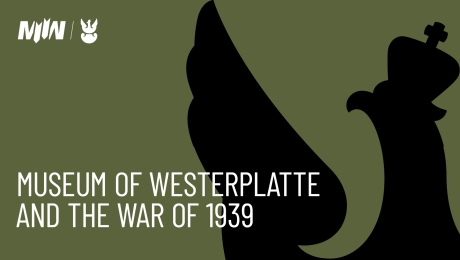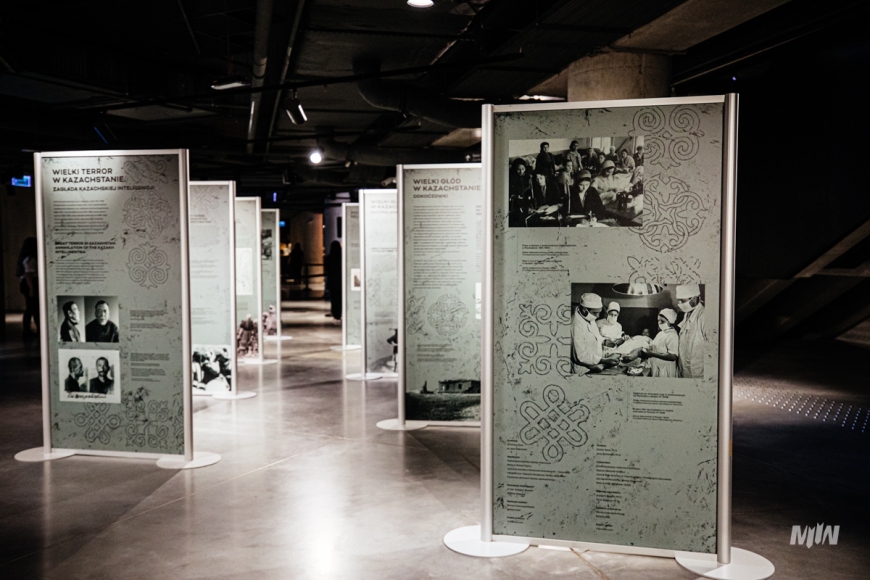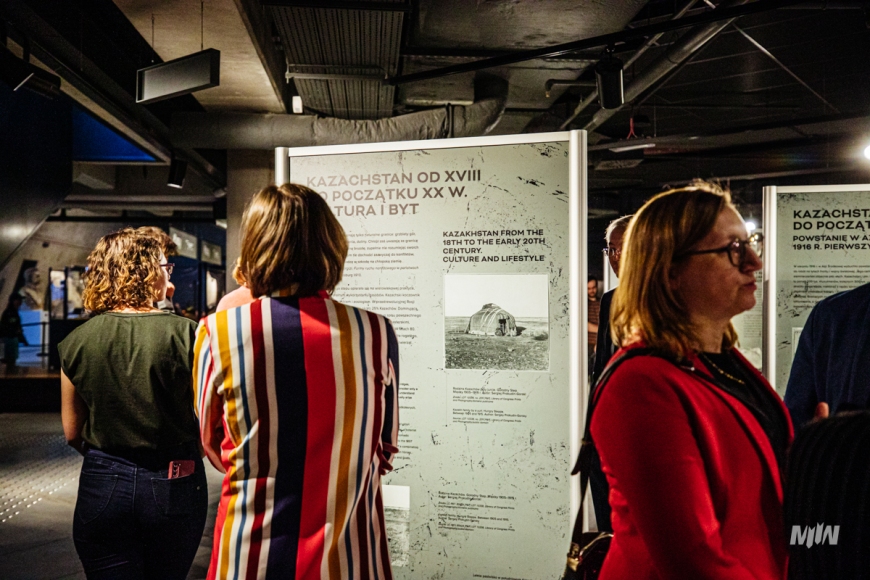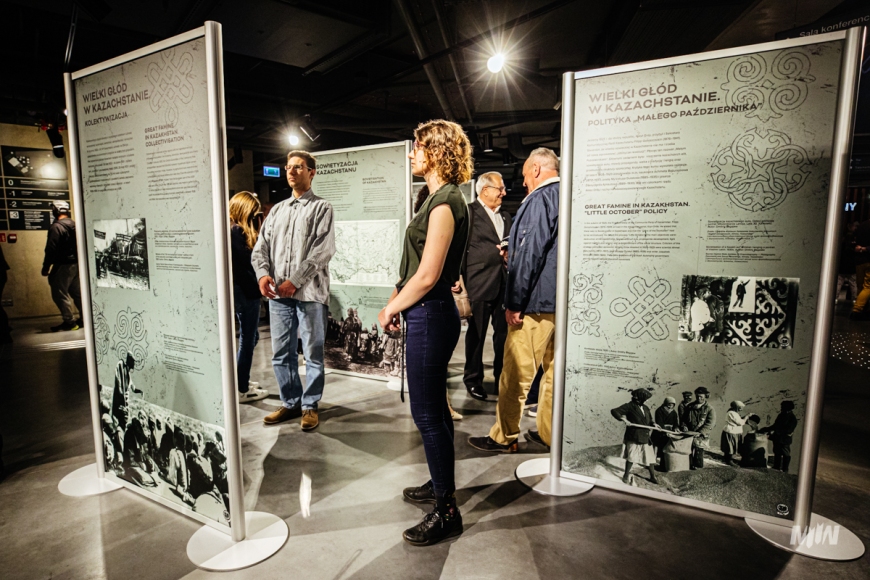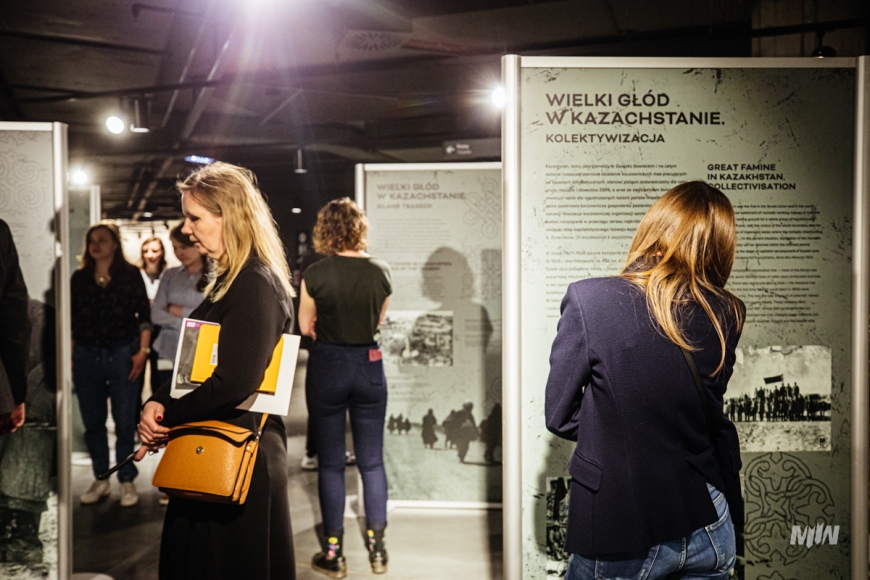LOCATION: LEVEL -3
TIME: COMPLETED
The exhibition tells the story of the Great Famine in Soviet Kazakhstan.The Great Famine in Kazakhstan became a demographic catastrophe for the republic. In the years 1930-1933, as a result of collectivization, dekulakization – repression of the Kulaks, repression, and famine, at least 1.2 million people died, approximately 1/3 of the country's population. This tragedy had a long-lasting impact on the history and demography of the Kazakhs, and its course is only now being studied.
Finally, an opportunity to tell the world about this event has emerged. In the mid-1930s, Joseph Stalin decided to populate the devastated country with deported nations, including Polish citizens, as there was a need for labor in numerous plants and mines. The spiral of terror fueled further tragedies.
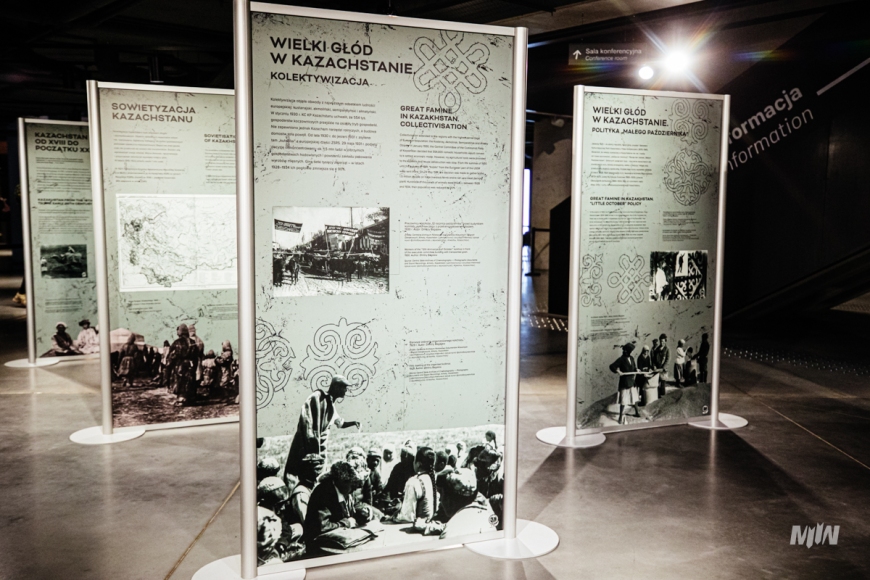
The exhibition ‘The Great Famine in Kazakhstan (Aszharshylyk). Unknown History’ is arranged on 16 information boards and presents unique photographic and iconographic material. It depicts Kazakhstan from the 19th to the mid-20th century, focusing particularly on the history of the Great Famine in the 1930s, during which 1.2 million people died.
The exhibition was prepared in cooperation with the Polish-Kazakh Historical Commission, the Museum of Siberian Memory, the Central State Archive of Cinematography - Photographic Documents and Sound Recordings, Almaty, Kazakhstan, and the State Archive of the Pavlodar Region.











